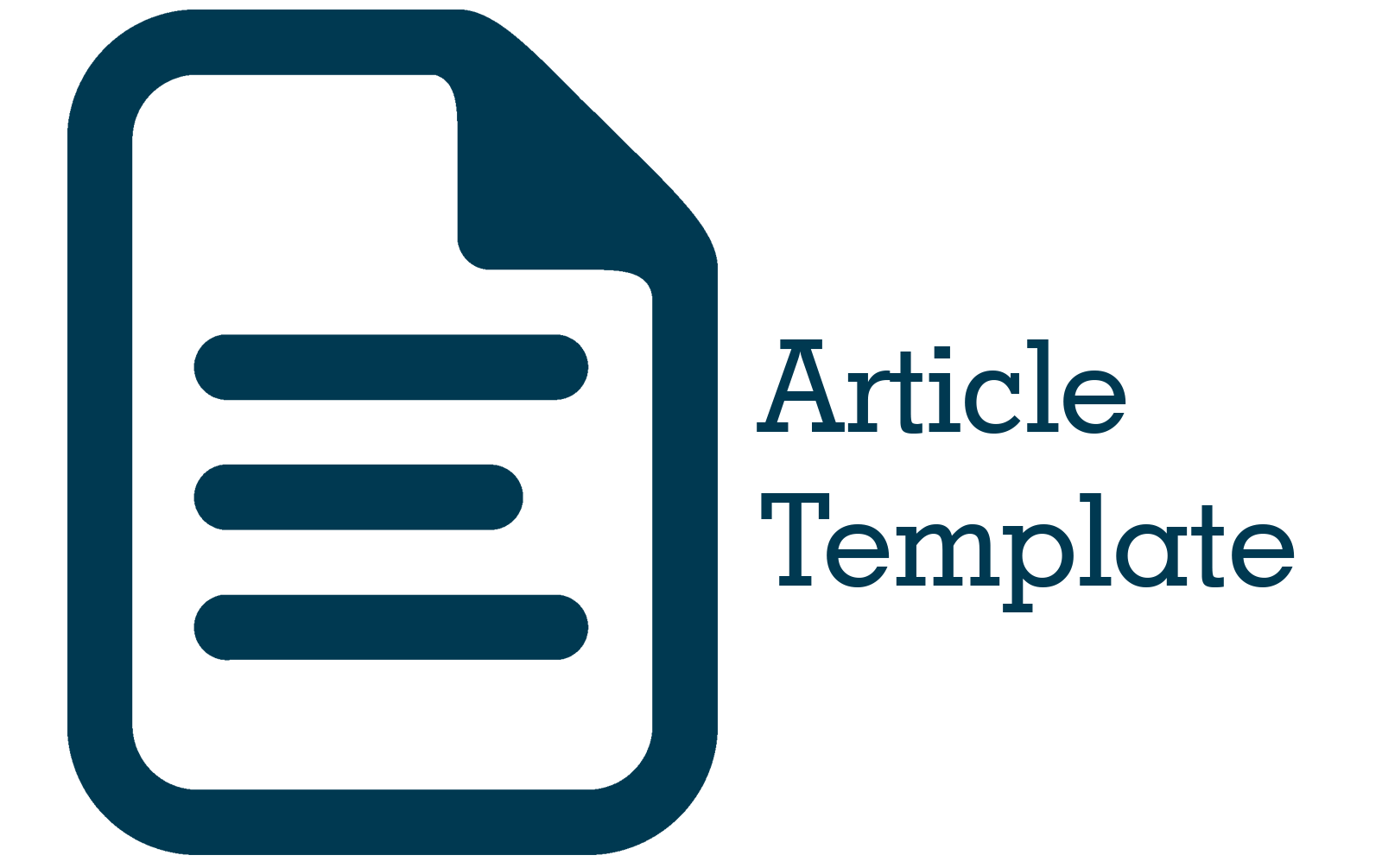Studi Literatur: Pengaruh Asupan Karbohidrat terhadap Derajat Hipertensi
Abstract
Abstract. This literature study was conducted to collect sufficient data regarding the association between dietary carbohydrate intake and blood pressure in patients with hypertension. The method used is a literature study that contains several previous studies to determine the association between dietary carbohydrate intake and blood pressure in patients with hypertension. The results of this study indicate the role of association between high dietary carbohydrate intake and blood pressure in patients with hypertension by increasing risk of formation of atherothrombosis, natrium transporter response, and chloride transporter response. Therefore, it can be concluded that high carbohydrate intake plays an important role in influencing blood pressure in hypertensive patients, by increasing the risk of atherothrombosis formation, as well as affecting sodium and chloride transporters.
Abstrak. Studi literatur ini dilakukan untuk mengumpulkan data yang memadai mengenai hubungan asupan karbohidrat dengan tekanan darah pada pasien hipertensi. Metode yang digunakan adalah dengan melalui studi literatur yang mengumpulkan beberapa penelitian terdahulu untuk mengetahui hubungan asupan karbohidrat dengan tekanan darah pada pasien hipertensi. Hasil dari studi ini menunjukan hubungan asupan karbohidrat yang tinggi dengan tekanan darah pada pasien hipertensi dengan cara meningkatkan risiko pembentukan atherothrombosis, respon transporter natrium, dan respon transporter klorida. Oleh karena itu, dapat disimpulkan bahwa tingginya asupan karbohidrat berperan penting dalam mempengaruhi tekanan darah pada pasien hipertensi, dengan cara meningkatkan risiko pembentukan atherothrombosis, serta mempengaruhi respon transporter natrium dan klorida.
References
[2] Q. Liu, “Impact of different dietary fat sources on blood pressure in Chinese adults,” PLoS One, vol. 16, no. 3, p. e0247116, Mar. 2021, doi: 10.1371/journal.pone.0247116.
[3] Azizah Andzar Ridwanah, Hario Megatsari, and Agung Dwi Laksono, “Hypertension in Indonesia in 2018: An Ecological Analysis,” Indian Journal of Forensic Medicine & Toxicology, vol. 15, no. 2, pp. 2073–2079, Mar. 2021, doi: 10.37506/ijfmt.v15i2.14669.
[4] F. Afrianty Gobel and A. Nur Rahma, “Asosiasi Determinan Kejadian Hipertensi Grade 1 Usia 20-40 Tahun.”
[5] L. Chen, X.-W. Chen, X. Huang, B.-L. Song, Y. Wang, and Y. Wang, “Regulation of glucose and lipid metabolism in health and disease.,” Science China. Life sciences, vol. 62, no. 11, pp. 1420–1458, Nov. 2019, doi: 10.1007/s11427-019-1563-3.
[6] A. V. Poznyak et al., “Hypertension as a risk factor for atherosclerosis: Cardiovascular risk assessment.,” Frontiers in cardiovascular medicine, vol. 9, p. 959285, 2022, doi: 10.3389/fcvm.2022.959285.
[7] F. D. Fuchs and P. K. Whelton, “High Blood Pressure and Cardiovascular Disease,” Hypertension, vol. 75, no. 2, pp. 285–292, Feb. 2020, doi: 10.1161/HYPERTENSIONAHA.119.14240.
[8] J. Ma and X. Chen, “Advances in pathogenesis and treatment of essential hypertension,” Front. Cardiovasc. Med., vol. 9, p. 1003852, Oct. 2022, doi: 10.3389/fcvm.2022.1003852.
[9] M. A. Moawad and W. Hassan, “Update in Hypertension: The Seventh Joint National Committee Report and Beyond,” Ann Saudi Med, vol. 25, no. 6, pp. 453–458, 2005, doi: 10.5144/0256-4947.2005.453.
[10] Lilly LS. Pathophysiology of Heart Disease: An Introduction to Cardiovascular Medicine. Lippincott Williams & Wilkins; 2022.
[11] S. Hegde, I. Ahmed, and N. R. Aeddula, “Secondary Hypertension,” in StatPearls, Treasure Island (FL): StatPearls Publishing, 2024. Accessed: Feb. 24, 2024. [Online]. Available: http://www.ncbi.nlm.nih.gov/books/NBK544305/
[12] L. Linda, “The Risk Factors of Hypertension Disease,” JKP, vol. 11, no. 2, p. 150, Apr. 2018, doi: 10.32807/jkp.v11i2.9.
[13] D. M. D. L. Navarro, J. J. Abelilla, and H. H. Stein, “Structures and characteristics of carbohydrates in diets fed to pigs: a review,” Journal of Animal Science and Biotechnology, vol. 10, no. 1, p. 39, Apr. 2019, doi: 10.1186/s40104-019-0345-6.
[14] N. S. Chandel, “Carbohydrate Metabolism,” Cold Spring Harb Perspect Biol, vol. 13, no. 1, p. a040568, Jan. 2021, doi: 10.1101/cshperspect.a040568.
[15] J. E. Holesh, S. Aslam, and A. Martin, “Physiology, Carbohydrates,” in StatPearls, Treasure Island (FL): StatPearls Publishing, 2025. Accessed: Jan. 08, 2025. [Online]. Available: http://www.ncbi.nlm.nih.gov/books/NBK459280/
[16] Fitriana Maod, Fitrawati Dukalang, and Ni Luh Arwati, “Identification Of Organic Compounds As Carbohydrates And Chemicals Contained In Them,” JHTS, vol. 3, no. 1, pp. 19–27, Mar. 2022, doi: 10.47918/jhts.v3i1.267.
[17] M. Barbagallo, J. Shan, P. K. Pang, and L. M. Resnick, “Glucose-induced alterations of cytosolic free calcium in cultured rat tail artery vascular smooth muscle cells,” J Clin Invest, vol. 95, no. 2, pp. 763–767, Feb. 1995, doi: 10.1172/JCI117724.
[18] A. V. Klein and H. Kiat, “The mechanisms underlying fructose-induced hypertension: a review,” J Hypertens, vol. 33, no. 5, pp. 912–920, May 2015, doi: 10.1097/HJH.0000000000000551.











